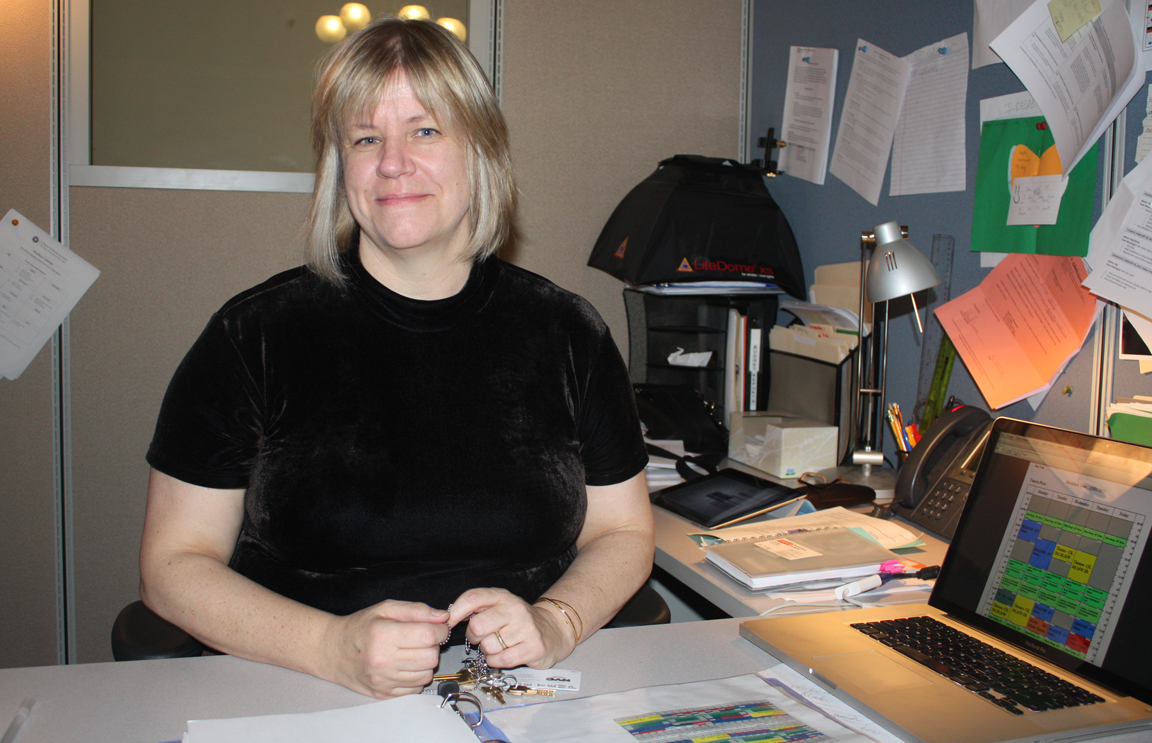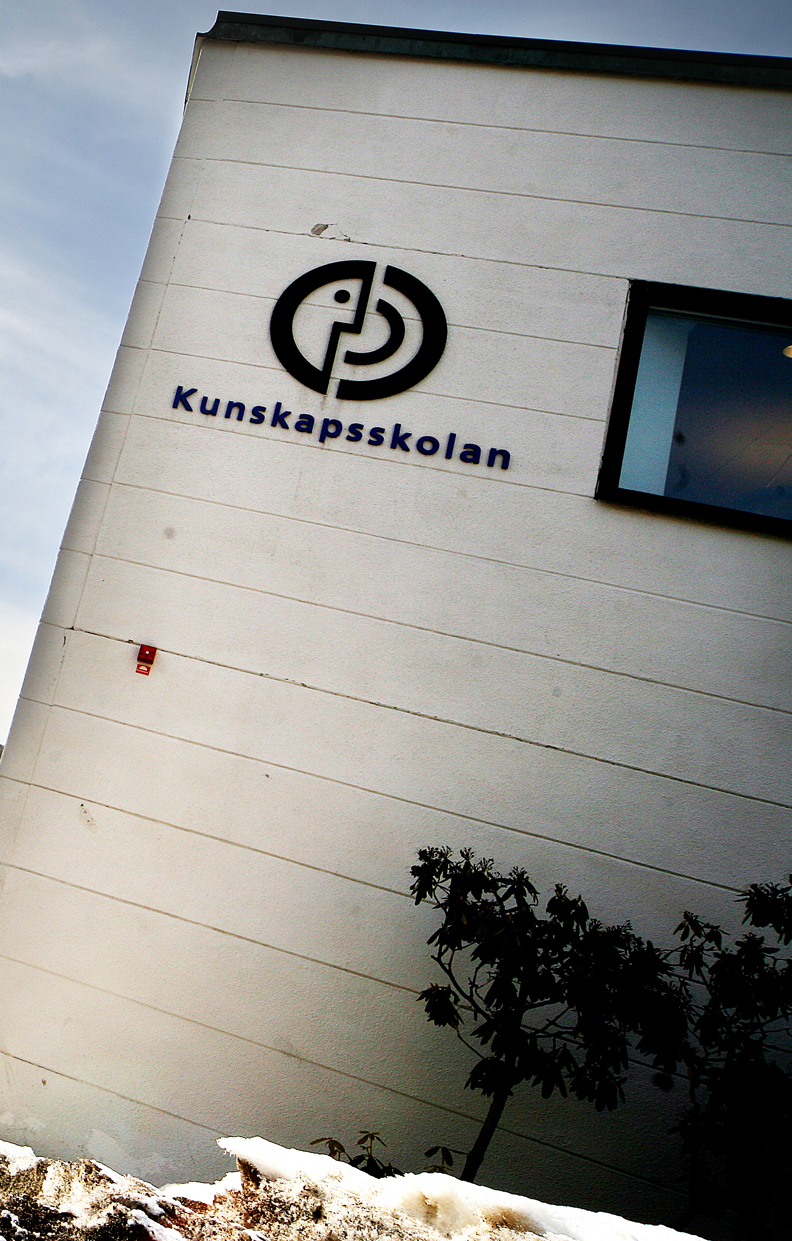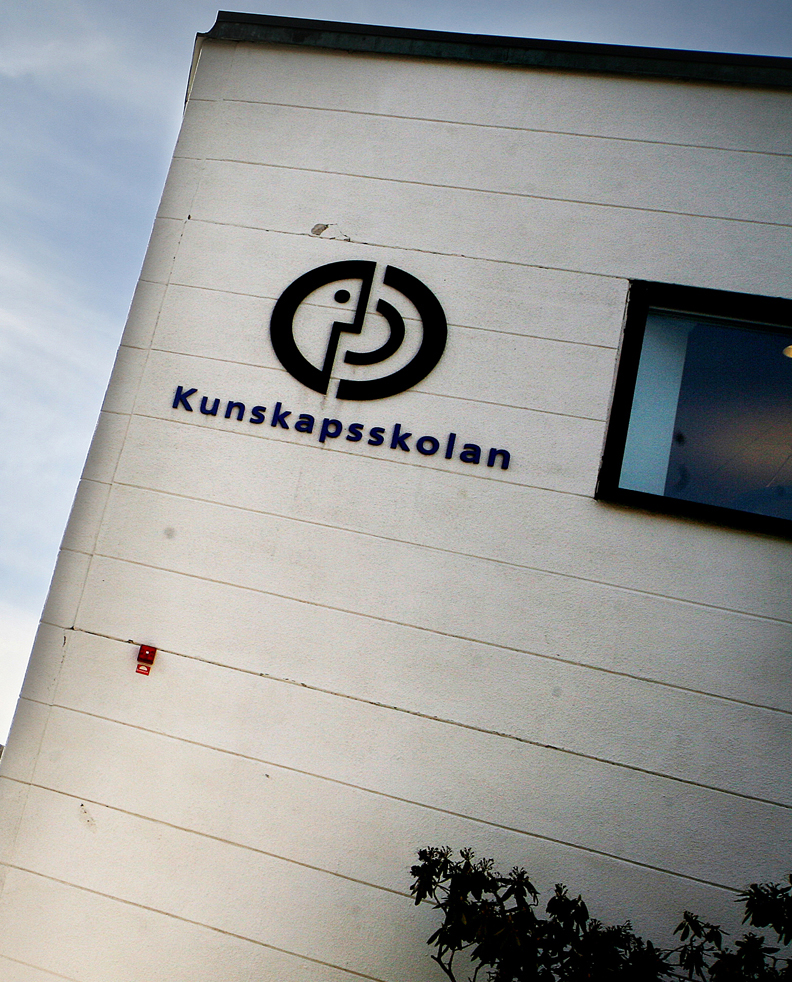School Review: Kunskapsskolan, NYC
How can we teach our kids to look for information in a reliable, safe way? ..and to sift out what’s valuable and what's not? How do we show them how to use the information to their advantage? And, most importantly, how do we awaken in our children a curiosity to learn? Could the solution be the model of the Swedish Kunskapsskolan?
-
 Peg Hoey, director at Innovate Manhattan, a school based on the Swedish Kunskapsskolan model.
Peg Hoey, director at Innovate Manhattan, a school based on the Swedish Kunskapsskolan model. -
-
In the avalanche of information that bombards us today from all kinds of media, how do we teach our kids to sift out what’s valuable and what's not? How can we teach them to look for information in a reliable, safe way? How do we show them how to use the information to their advantage? And, most importantly, how do we awaken in our children a curiosity to learn? Could the solution be the model of the Swedish Kunskapsskolan? Peg Hoey, director at Innovate Manhattan, thinks so.
-
 Kunskapsskolan in Skärholmen, Stockholm. Kunskapsskolan in New York has yet to move into their permanent housing, which will happen next fall.
Kunskapsskolan in Skärholmen, Stockholm. Kunskapsskolan in New York has yet to move into their permanent housing, which will happen next fall. -
-
Two-time Nobel Prize-winner Marie Curie (1867-1934) once said: “I sometimes think it would be better to drown children than to lock them up in present-day schools.” Looking at what most schools have to offer today, one is bound to agree with her—what with crowded classrooms, unmotivated kids with far too much homework, discipline that continuously fails and overworked teachers. What’s a parent to do?
Nordstjernan met with Peg Hoey at the Innovate Manhattan Charter School, which follows Kunskapsskolan’s model of education. -

-
Kunskapsskolan was founded in Sweden by Peje Emilsson and Anders Hultin in 1999, following the 1992 educational reform that swung the doors open for more school choice. It builds on four guiding principles:
1. All people are different
2. Clear requirements and challenging goals
3. Education is for life
4. Life is what you make it -

-
“Our school opened last September. At the moment we have 125 students in 6th and 7th grades, but we are going up to 225 students next year, and we will be covering grades 6, 7 and 8,” Hoey explains.
Innovate Manhattan doesn’t have its permanent home yet but is temporarily using a sort of incubation space in the Tweed Courthouse at 52 Chambers Street. It’s a charter school, authorized by CUNY (City University of New York), which means it’s a public school and it can’t charge fees. The school board partners with Kunskapsskolan in Sweden. -

-
KED follows the child
“I would say the KED (Kunskapsskolan EDucation) program truly follows the child,” Hoey says. “It began in Sweden as a system with which to rein in the children that were left outside the normal school system for whatever reason. What skills did they really need to solve problems? They needed to find options to their problems. They needed to be willing to experiment. Perhaps someone says, ‘I don’t understand fractions. I’m going to try to learn it differently; I’m going to try studying with Peg or Tom and see what works for me.’ That way they grow and learn how to deal with problems in different ways.”
Kunskapsskolan’s structure looks like this: At the beginning of the semester, a student meets with his coach (each teacher also acts as the coach to a number of students) to discuss goals. The teacher also talks to the parents. The personalized goals are then what prompt personalized strategies. The student carries a logbook, keeping tabs on his overall objective as well as smaller goals along the way, and schedules and strategies. He meets with his coach once a week for 15 minutes, assessing goals and looking at what is or isn't working. The school helps the students set academic goals that will support what they want to do later on in life, but as they go through school, their academic goals may change. “What is it going to take in math to reach my goal?” might be one question a student wants to discuss with the coach. -
From control to freedom
“What it means for the traditional teacher,” continues Hoey, “is a removal from control to freedom.”
She stresses that the education is personalized, not individual. One student’s schedule may vary much from another’s. Looking at one student’s schedule I see a lot of gray areas, and these are, Hoey explains, times when the student can choose to take a math workshop if he feels his math is falling behind, or something else—whatever leads to his goal. The students get their work from what’s being referred to as The Learning Portal, Kunskapsskolan’s collective and web-based source. Here they find their courses, their assignments, texts, pictures, links and tests. The Learning Portal is an important tool in personalized learning because its content provides a wide variety of choices and is accessible to students anywhere and anytime.
Peg Hoey says it was karma that brought her and Kunskapsskolan together.
“I have been involved with educational reform since my kids, who are now in their twenties, were small. I have a Masters in social work and special education. I’ve worked with kids on the fringe, kids with problems, kids with disabilities. I was a teacher/founder of a charter school in Harlem, and I helped found another charter school in the Bronx. When I heard about Kunskapsskolan, I thought it was just a great match! Here finally was an intensely coherent system for meeting kids’ needs. Each step fits just like a jigsaw puzzle. It is so exciting!”
Today Kunskapsskolan operates in Sweden as the country's largest non-governmental school with 22 elementary schools and ten gymnasium schools. It's also in England and the U.S., and there are plans to open a school in India.
For more information:
www.kunskapsskolan.se
www.kunskapsskolan.com -
-
